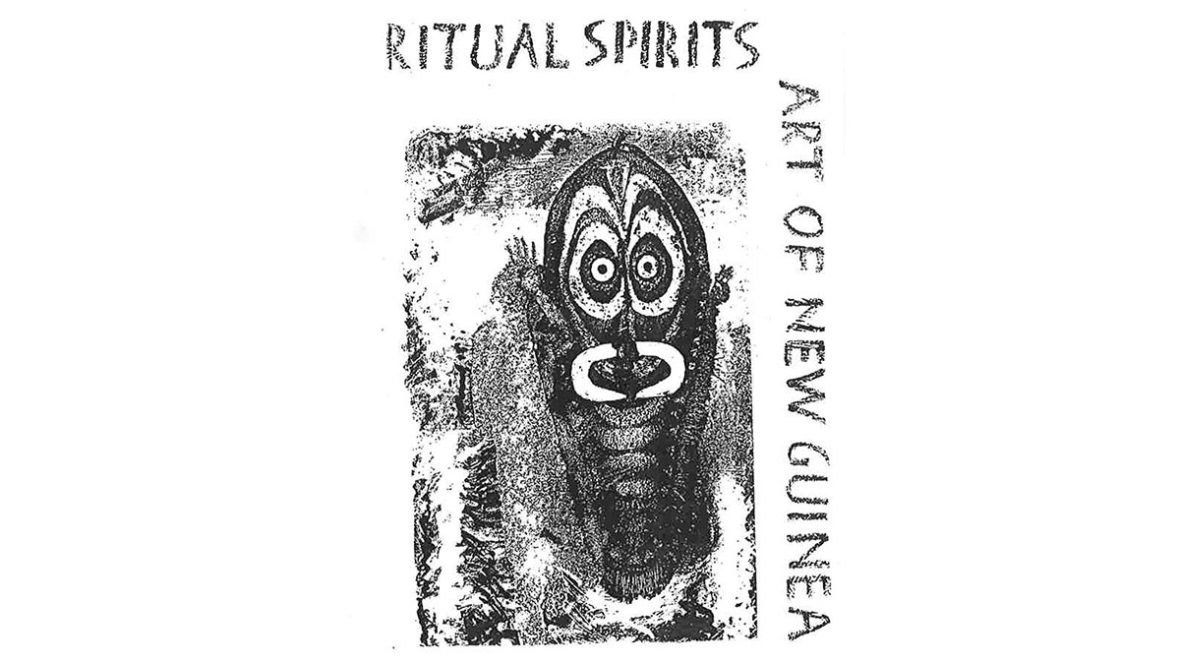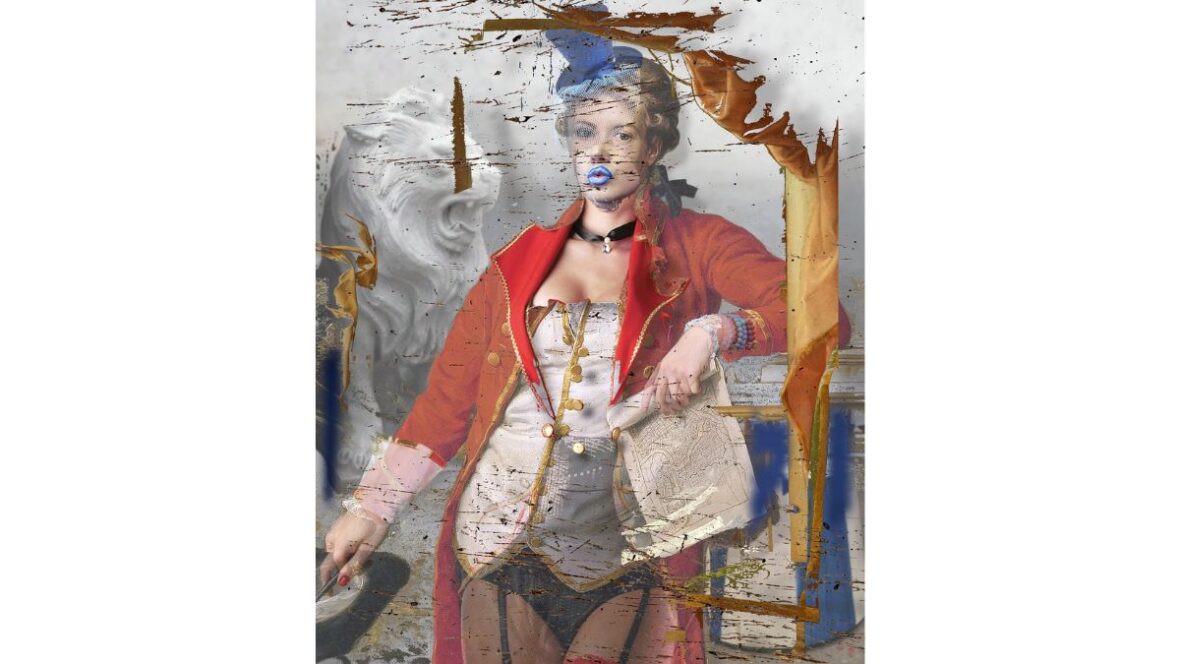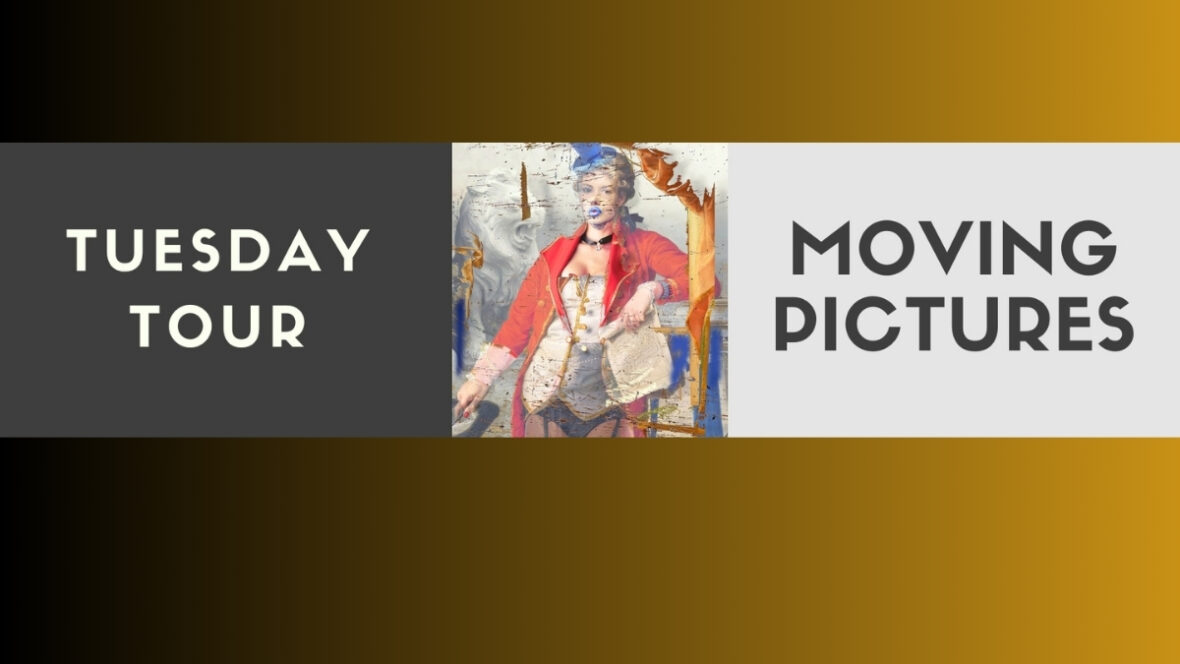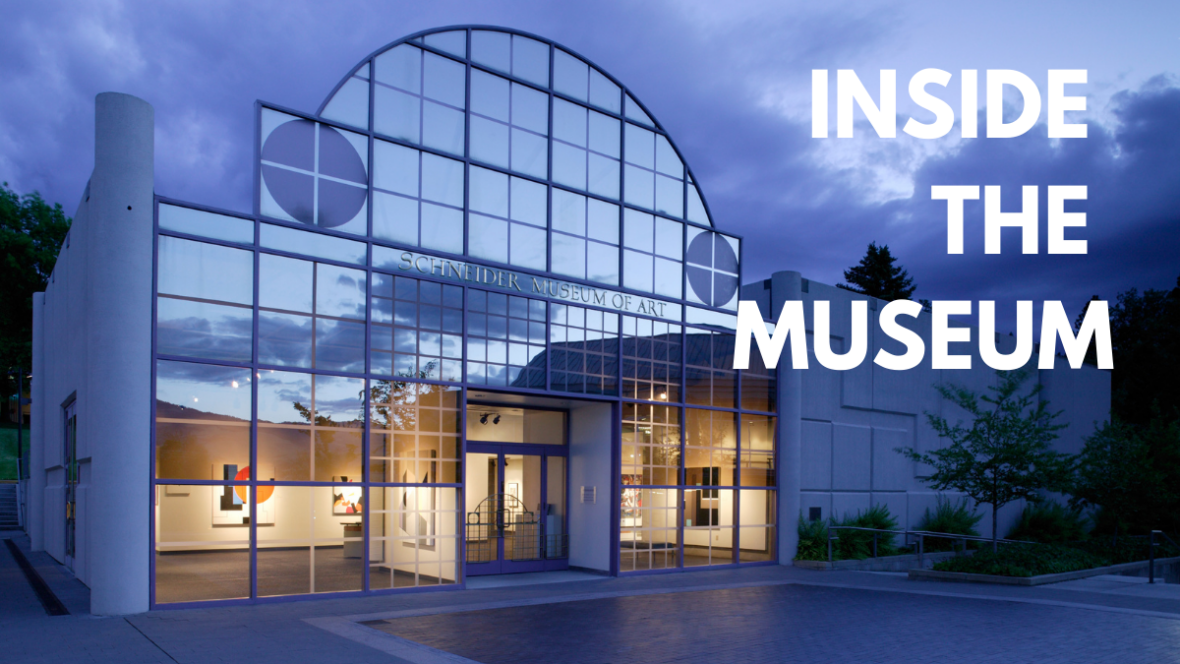Ritual Spirits:
The Art of New Guinea
Exhibition Statement
This exhibition featured pieces from the Wallace M. Ruff Collection of New Guinea Art, focusing on ceremonial artifacts from tribes in the Sepik River region of Papua New Guinea. Items on display included ritual masks, dance figures, pottery, and bark paintings. The exhibition was organized by the Schneider Museum of Art, in collaboration with the Museum of Natural History and Department of Art History at the University of Oregon.
The type of art shown in the exhibit is an important part of the religious life of the people of the Sepik area. Ancestral spirits are believed to generate both good fortune and misfortune in all aspects of Village life. The masks, paintings and pottery depict these ancestral spirits and are considered to actually house the spirits. Many masks are used as costumes for ritual dances, and bark paintings adorn ceremonial houses.
Students from a UO class on the arts of New Guinea, taught by associate professor of art history Richard Sundt and MNH exhibit designer Cynthia Gabai, researched and produced the exhibit. The items on display were part of the private collection of Wallace M. Ruff, UO Professor Emeritus of Landscape Architecture. Altogether, Ruff has spent about a decade in New Guinea documenting traditional architectural styles.
New Guinea, the world’s second largest island (8,100,000 sq. km.), lies in the southwestern portion of the Pacific Ocean and directly north of Australia. The island, which is culturally Melanesian and home of more than 700 languages, has a population of more than four million and a history of documented human settlement over the past 30,000 years. The island is now divided between West Irian (a part of Indonesia) on the west and Papua New Guinea on the east.
The terrain of New Guinea varies tremendously, from enormous mountain chains in the interior, to immense swamps along portions of the island’s coast and rivers. In the lower elevations, the climate is hot and humid, but in the higher altitudes temperatures are cooler and nights can actually be chilly, especially during the dry season. The island’s abundant plant and animal life furnish the imagery as well as the raw material for most of the artwork created by the peoples of New Guinea.
Gender is one of the most important elements shaping New Guinea culture. The highly antagonistic attitudes of males toward females determine such basic aspects of life as the living arrangements of family members, the rearing of children, and the celebration of rituals. A direct result of the adversarial relationship between the sexes is the practice of male initiation. This ritual seeks first to sever the bonds between boys and their mothers and then in a long and elaborate continuation, to initiate the boys into the realm of manhood. Much of the art produced in New Guinea was made for use in initiation ceremonies.
Contemporary ritual celebrations still demand the making of art, which is now being created for the tourist market. While modernization and technology have altered and transformed many aspects of New Guinea society, the people of the island still value their traditional customs and art. In modernizing, the government of Papua New Guinea has created a council to oversee the establishment of cultural centers in various parts of the country.
Curators
Richard Sundt
Cynthia Gabai
Photo and Drawing Artists
Michelle Coalwell
Arnold Arizala
Wallace Ruff, L G. Yoder
Pieces were On Loan From:
Wallace M. Ruff
Regions of New Guinea the Artwork Came From:
Kwoma Region: Tongwinjamb Village
Sawos Region: Gaikarobi or Nagusap Village
Middle Sepik: Aibom Village near Chambri lakes
Middle Sepik: Blackwater River Region, Kraimibit or Kuvanmas Village
Middle Sepik: Sawos Region, Nagusap Village
Maprik Region



